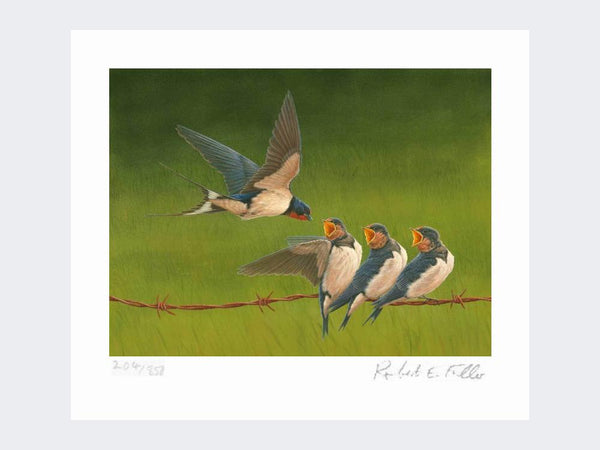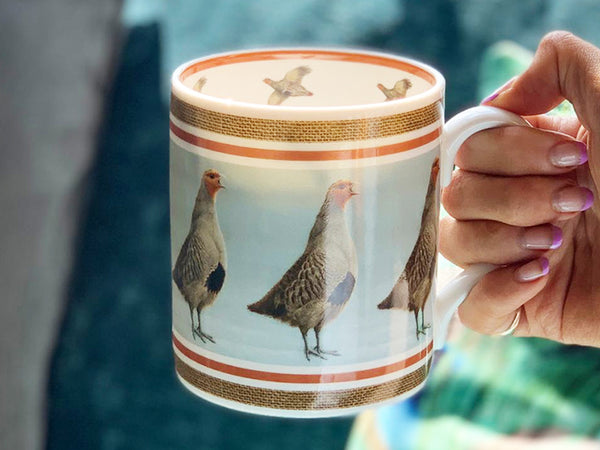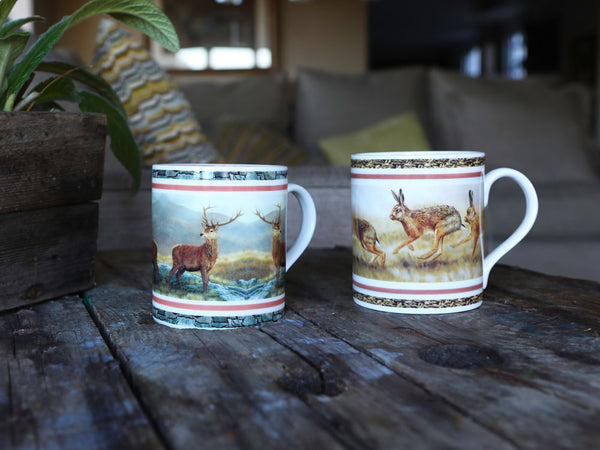From adorable pups to dramatic fights between bulls, grey seals are fascinating to watch. But these animals face continual threats. Join me as I visit a thriving colony in Yorkshire and find out what you can do to help them in their battle for survival.
Grey seals
Grey seals are the largest of UK seal species and their scientific name Halichoerus grypus, which means hook-nosed sea pig, gives you an idea of how to identify them! Although clumsy on land, these large mammals are perfectly adapted to life at sea. They have large webbed flippers tipped with sharp claws and can swim effortlessly through water to catch their prey.
Breeding season
Each Autumn they haul up onto our beaches in large numbers to breed and this is also the time females give birth to their pups, which is incredible when you think how exhausted they must be. A female normally gives birth to just one pup which she will feed up to six times a day. Seal milk has more than 10 times the fat content of cows milk which helps the pups grow by 2 kilos a day. Shortly after pupping, the females are fertile again and this causes mayhem in the colony. Competition between males can be ferocious. The biggest and strongest males are known as beachmasters. They dominate a group of females in an area and can get so focused on defending their 'harems', they often don't feed themselves
Young males are constantly on the lookout for unguarded females, but with such formidable beachmasters about, their chances are slim. Sometimes these seals take their chances to mate in the surf.
External threats
Not only do seals have to fight for survival in their own colonies, they also face external threats from pollution, declining food sources, entanglement and, probably the most distressing because it is so easily avoidable, human disturbance. Seals are nervous on land and can stampede in fright, which is when the young get injured or separated from their mothers. According to Bex Lynam, Marine Advocacy Officer for the Yorkshire Wildlife Trust, which works to protect this particular seal colony on the Yorkshire Coast, seals are easily spooked. Bex recommends always staying at least 100m away from the seals. It's also important to approach quietly, and calmly. So far the work to help seals is working and populations here in Yorkshire are growing, which is fabulous news because these animals really are incredible.
Help me to help seals
I'm raising funds for British Divers Marine Life Rescue whose brave divers rescue injured or isolated seals from dangerous waters and care for them until they are ready for release. Sadly seal pups become separated from their mums all to often & since here in Britain we host 40% of the world's grey seal population, I feel it's our responsibility to ensure populations survive. If you'd like to join my cause, donate now through my Just Giving page: DONATE NOW
























